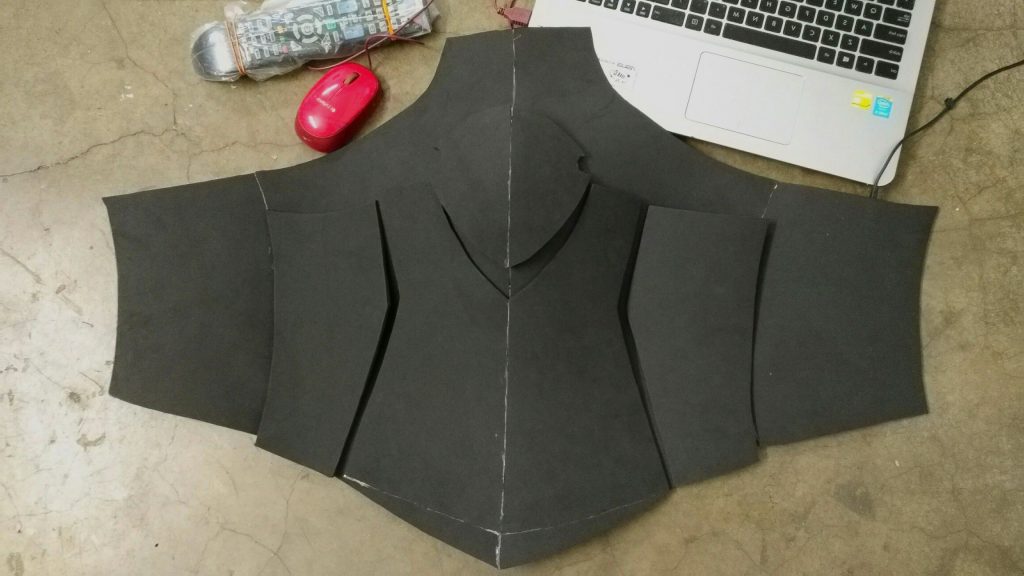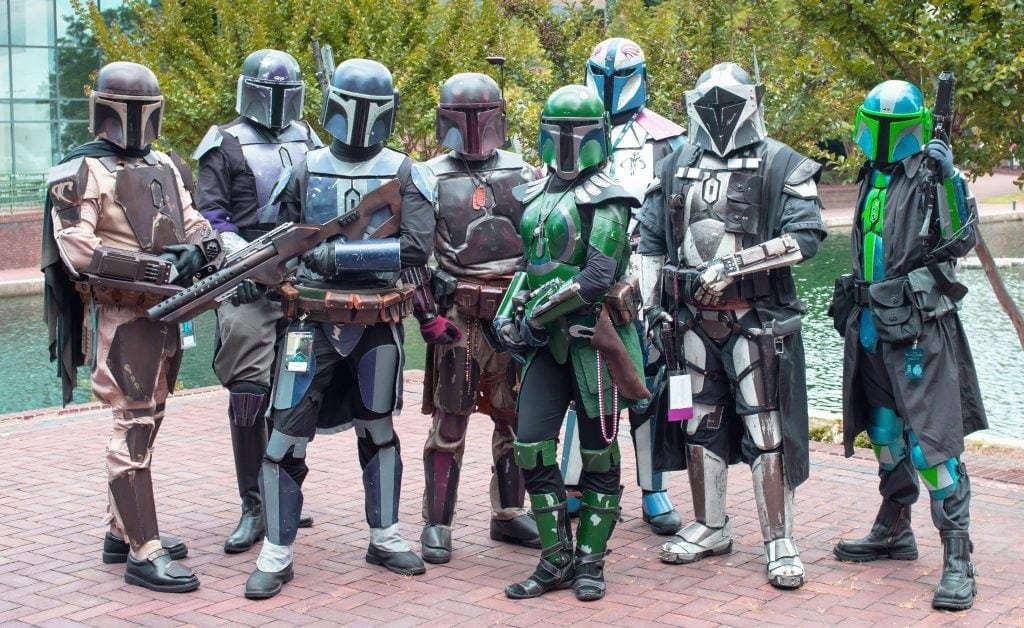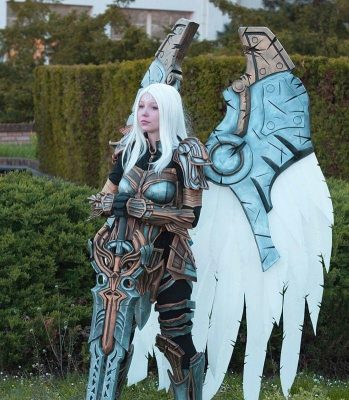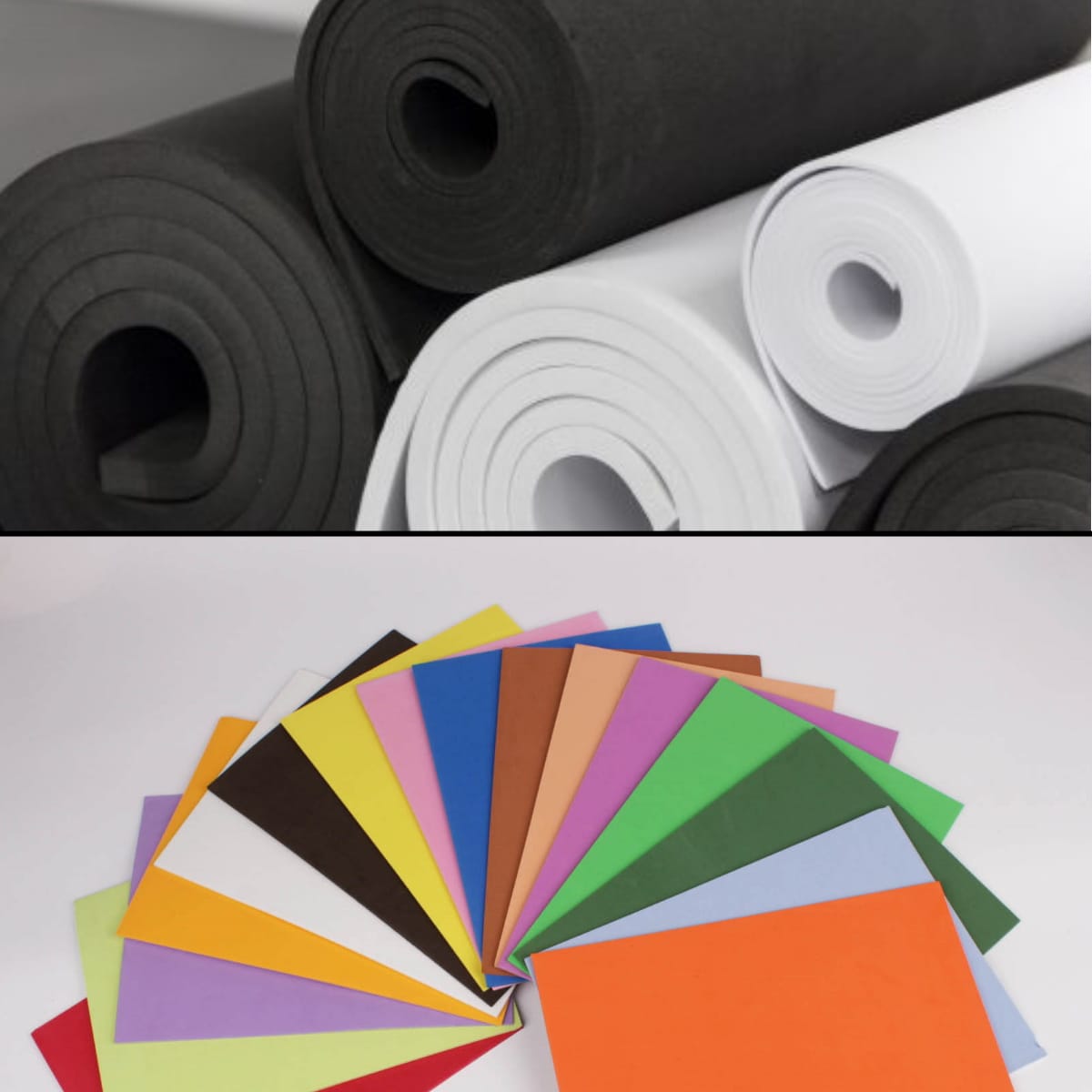Cosplay Crafting Tips: EVA Foam and How to Use It Properly
When it comes to creating weapons, body armor, helmets, or masks for cosplay, the most popular material to use is EVA foam.
EVA foam guides:
When handling this type of foam, there are certain techniques that you must use to ensure quality results on your foam work.
These techniques might seem simple at first glance, but using them can actually create a big difference in the final result. If you’re new to using EVA foam, or if you’re an experienced cosplayer who wants to have improved foam work, you can use these effective tips and tricks to use EVA foam for cosplay crafting.
Choosing the right kind of foam
Ethylene-vinyl acetate, known as EVA, is what this type of foam is made of. The foam comes in different shapes and textures and varies in thickness, size and density. EVA is used for various DIY projects, and when it comes to cosplay costume crafting, it is typically used to create cosplay props, like armor and weapons.
You can find two main types of EVA foam on the market. The first type is a special low-density type of EVA foam. This type of EVA foam is sometimes hard to cut but is the optimal foam to use for crafting body armor. High-density EVA foam, on the other hand, is great for weapons and other props since it retains its shape better. It’s easier to cut but can be more difficult to mold with a heat gun.

Using the right tools to your advantage
A sharp, dependable cutter is the number one tool that you must have to be successful in using EVA foam for a costume- and prop-making. If you want to make cleaner cuts, it is important to sharpen your cutter with fine-grit sandpaper and have replacement cutter blades always ready. If your cutter is blunt, it will result in rough edges that will not do any good for your foam work.
Aside from a good cutter, another tool you need to use when working with EVA foam for cosplay crafting is a heat gun. Industrial heat guns can help you mold curves and other shapes that you cannot do with just simple cutting and gluing. You can also get rid of unsightly edges on your foam by melting them with a heat gun.

Using the right adhesive
When it comes to working with EVA foam, the best adhesive to use is contact glue. It’s highly effective in ensuring that the foam edges will seamlessly bond and that your armor or weapons will retain their shape.
Glue sticks aren’t recommended since they don’t properly adhere to the foam. They also easily melt when exposed to heat so, when you use a heat gun to mold your foam pieces, there’s a chance that the glue will melt and your foam pieces will fall apart. Glue sticks also leave behind a bulky and noticeable residue, which can affect the aesthetic appeal of your armor or weapons.
Getting a metallic look with EVA foam
Want to make an armor cosplay that looks like it’s made of metal? Don’t worry since you can give EVA foam a metallic by priming it! Before you prime your foam, it is best to heat the surface with a heat gun to smoothen the foam’s porous surface (which will quickly absorb any paint you will apply).
You can then prime your foam with PVA glue, decoupage medium, and other paint primers that are safe to use on plastic material. Let the foam dry after priming, and you’ll now have a smoother surface that’s ready for metallic spray painting. Looking for inspiration? Take a look at these EVA foam armor creations and tutorials.










